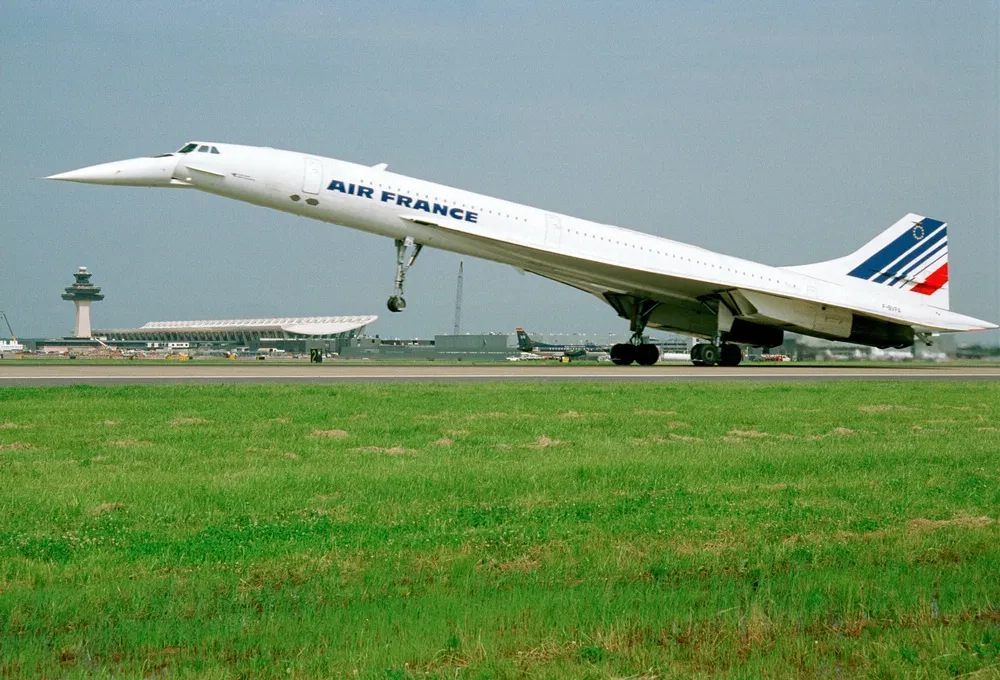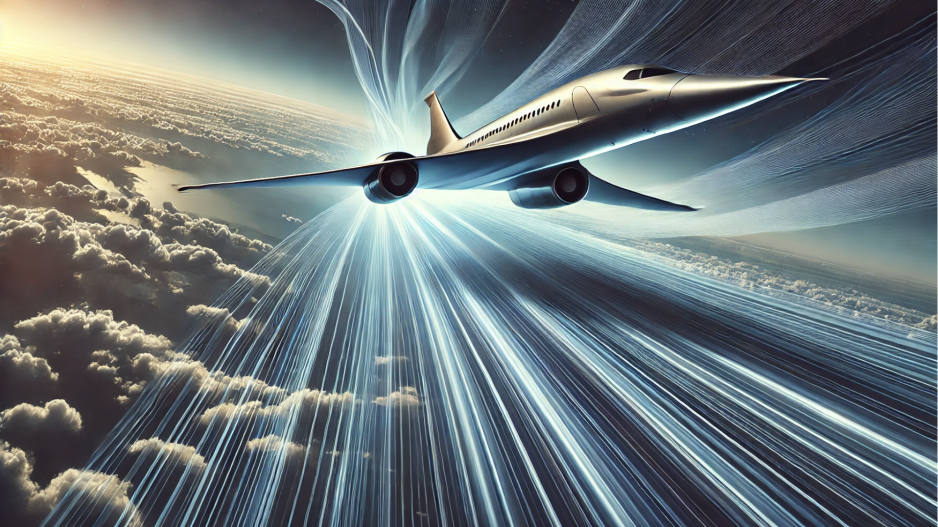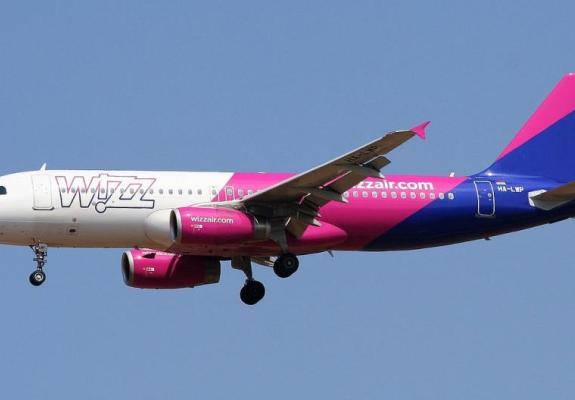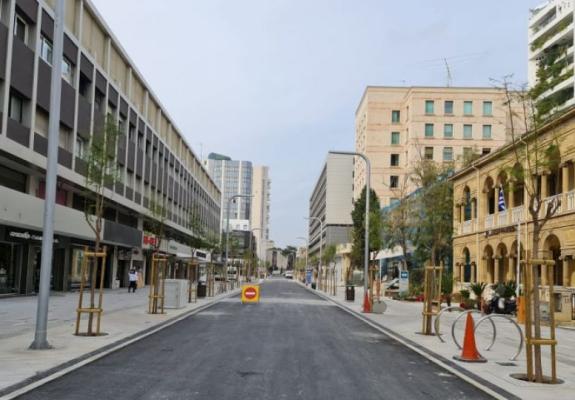The Quest for Speed: Will Supersonic Travel Make a Comeback?
Investigating the current developments in supersonic and hypersonic flight technologies
Supersonic travel has fascinated aviation enthusiasts and the public for decades. The journey toward achieving faster-than-sound flight began in 1947 when Chuck Yeager, a U.S. Air Force pilot, became the first person to break the sound barrier in the Bell X-1 aircraft. This historic moment marked the dawn of a new era in aviation, where speeds previously thought impossible became a reality.
The development of supersonic flight progressed rapidly, with military jets regularly flying at supersonic speeds by the 1950s. However, the next significant leap came with the introduction of the Concorde, a marvel of commercial aviation that took to the skies in 1969. The Concorde could fly from New York to London in under four hours, cruising at speeds of Mach 2. It was a symbol of technological prowess and luxury, offering an experience like no other. Yet, despite its success, the Concorde was eventually retired in 2003, bringing the first era of supersonic passenger travel to a close.

Environmental Challenges: Addressing the Sonic Boom and Sustainability
While the Concorde was an extraordinary achievement, it faced significant challenges that ultimately contributed to its downfall. One of the most pressing issues was the environmental impact of supersonic travel, particularly noise pollution and fuel consumption. The sonic boom generated by aircraft traveling faster than the speed of sound created a loud, disruptive noise that led to restrictions on where the Concorde could fly. These limitations severely impacted the number of viable routes and, consequently, the profitability of supersonic flights.
Additionally, the Concorde's engines were notoriously inefficient, consuming large amounts of fuel and contributing to its high operating costs. In an era increasingly concerned with environmental sustainability, the carbon footprint of supersonic flights became a growing concern. These factors, combined with the rising costs of maintenance and the limited market for such expensive tickets, led to the Concorde's retirement.
Today, as new companies like Boom Supersonic, Aerion, and Spike Aerospace work to revive supersonic travel, they are keenly aware of these environmental challenges. Innovations in engine design, such as quieter and more fuel-efficient engines, are at the forefront of their efforts. Some companies are also exploring the use of sustainable aviation fuels to reduce the carbon footprint of supersonic flights. The goal is to make future supersonic travel not only faster but also greener, addressing the environmental concerns that plagued the Concorde.
The Future of Supersonic Travel: Accessibility for the Masses
Beyond the technological and environmental hurdles, a crucial question remains: Will supersonic travel be accessible to the masses, or will it remain an exclusive experience for the wealthy elite? The Concorde was famously expensive, with ticket prices far beyond the reach of most travelers. This exclusivity limited its market and contributed to its eventual decline.
However, the new wave of supersonic aircraft aims to change this narrative. Companies developing these next-generation planes are focused on reducing costs through technological advancements and economies of scale. By making these flights more efficient and less costly to operate, there is potential to lower ticket prices and make supersonic travel a more viable option for a broader segment of the population.
Additionally, expanding the range of routes available to supersonic flights is a key goal. The Concorde was limited primarily to transatlantic routes due to its noise and range limitations. Future supersonic jets aim to overcome these restrictions, opening up new markets and making high-speed travel more widespread. The dream is to make supersonic flights not just a luxury but a common part of air travel, where more people can experience the thrill of breaking the sound barrier.
Will Supersonic Travel Make a Comeback?
As we look to the future, the prospects for the return of supersonic travel are both exciting and challenging. The historical context provided by the Concorde offers valuable lessons, highlighting the technological marvels and significant obstacles that defined the first era of supersonic passenger flights. Today, with advancements in technology, a renewed focus on sustainability, and efforts to make faster flights more accessible, the dream of supersonic travel is inching closer to reality.
However, whether supersonic travel will truly make a comeback depends on successfully addressing the environmental concerns, reducing costs, and expanding accessibility. If these challenges can be met, we may soon find ourselves once again soaring through the skies at speeds that defy imagination, marking a new chapter in the quest for speed.






